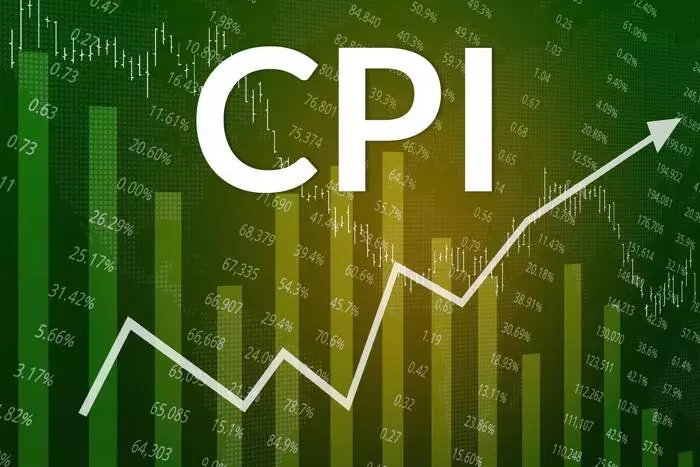The recent escalation in geopolitical tensions underscores the complex interplay of diplomacy, economic leverage, and national interest. President Trump’s firm stance on Russia, coupled with his readiness to impose severe tariffs—specifically, threatening a 100% secondary tariff—reveals a strategy rooted in economic deterrence. Such measures are not merely reactive but serve as calculated leverage in the high-stakes game of international relations. Trump’s direct communication of displeasure with Vladimir Putin’s administration and his commitment to supplying weapons to Ukraine—albeit with NATO countries footing the bill—illustrate a deliberate attempt to reinforce commitments and demonstrate strength. This calculated posture aims to signal firmness, possibly deterring further aggression, while also leveraging economic tools to shape outcomes on the global stage.
This dynamic demonstrates how contemporary geopolitics has evolved beyond traditional diplomacy, increasingly intertwining economic policies with strategic disciplines. Threatening tariffs becomes a modern form of power projection, aiming to sway negotiations without immediate military conflict. Such posture, however, is fraught with risks—escalation could deepen divisions and threaten global stability. The delicate balance between assertiveness and diplomacy requires careful calibration, especially when economic sanctions carry ripple effects far beyond the immediate conflict zones.
Market Reactions and the Economic Outlook
On the economic front, upcoming data releases serve as pivotal indicators of the global financial landscape’s health. The June U.S. Consumer Price Index (CPI) figures are particularly crucial, expected to reflect moderate inflation pressures primarily influenced by tariffs. Although tariffs tend to induce a long-term inflationary effect, their immediate impact in the upcoming report is likely to be subtle. Still, any higher-than-anticipated inflation could ignite volatility, prompting investors to reassess risk. An increase in inflation expectations often leads to a sell-off in U.S. Treasury securities, driving demand for the dollar—a safe haven in uncertain times.
The anticipation of inflationary pressures underscores a central theme: tariffs are not just policy tools but catalysts that influence market psychology and monetary expectations. A soaring USD, driven by increased inflation forecasts, could ignite a feedback loop, strengthening the currency while potentially challenging export competitiveness. Traders and investors are watching this carefully, especially considering the overstretched position of the USD in the Commitment of Traders (COT) reports and the technicals suggesting limited resistance. These signals point toward heightened volatility, which market strategists should monitor to manage risk effectively.
Furthermore, the UK’s economic outlook remains fragile. Chancellor Rachel Reeves’ speech at Mansion House offers a rare window into the UK’s fiscal and economic strategy as it navigates slow growth, subdued investment, and ballooning debt. Her articulation of vision and stabilization measures will be critical, especially after market reactions to her emotional parliamentary appearance. Market participants will be keenly listening for signs of confidence and actionable policies that can restore optimism amid Brexit-related economic headwinds.
Global markets are also paying attention to the financial results announced by major banks such as JPMorgan Chase, Wells Fargo, Citigroup, and BlackRock. These earnings not only reflect individual corporate health but also serve as bellwethers for the broader economic environment. Positive results could bolster confidence, while any weakness might amplify fears of slowing growth, particularly in the context of rising borrowing costs and inflation concerns.
In early European trading, market sentiment remains cautiously optimistic, with US futures and European indices nudging higher. The modest gains in the DAX and STOXX 600 hint at a risk-on mood, yet this optimism must be tempered by underlying geopolitical and economic uncertainties. Markets, after all, are sensitive to the twin specters of inflation and geopolitical instability—each capable of swiftly reversing bullish sentiments.
Power and Prudence in a Volatile Arena
The current global landscape demands a nuanced approach—one that recognizes the importance of strategic patience and calculated action. Power is no longer solely about military might but encompasses economic resilience, diplomatic skill, and the ability to anticipate and adapt to rapidly shifting conditions. Leaders must balance assertiveness with prudence, knowing that reckless moves could spiral into chaos.
Economic policies and international relations are intertwined in a web of influence that requires both vision and discipline. Investors, policymakers, and citizens alike should approach this era of volatility with a clear understanding: strength lies in resilience, and true influence is measured not just by raw power but by strategic foresight. As markets react to every headline and geopolitical development, the underlying lesson is clear—those who wield power wisely, with both confidence and humility, will shape the future landscape of global stability and prosperity.

